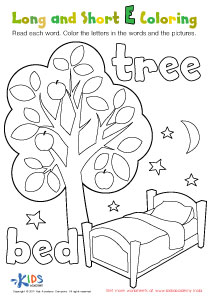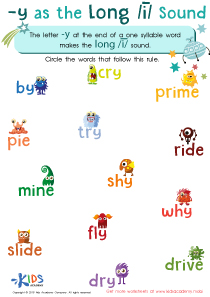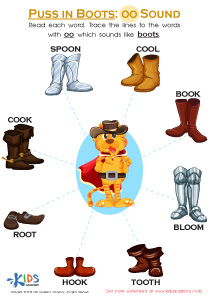Normal Vowel Digraphs Worksheets for Ages 4-7
3 filtered results
-
From - To
Discover our engaging "Normal Vowel Digraphs Worksheets for Ages 4-7" designed to reinforce foundational reading skills in young learners. Our worksheets offer a variety of interactive activities, helping children to recognize and pronounce common vowel digraphs such as "ai," "ea," and "ee." Each worksheet is crafted by educational experts to make learning fun and effective, encouraging early readers to build confidence in their abilities. Perfect for classroom and home use, these printable resources provide a step-by-step approach to mastering vowel sounds, fostering a love for reading from an early age. Start the journey towards literacy success today!
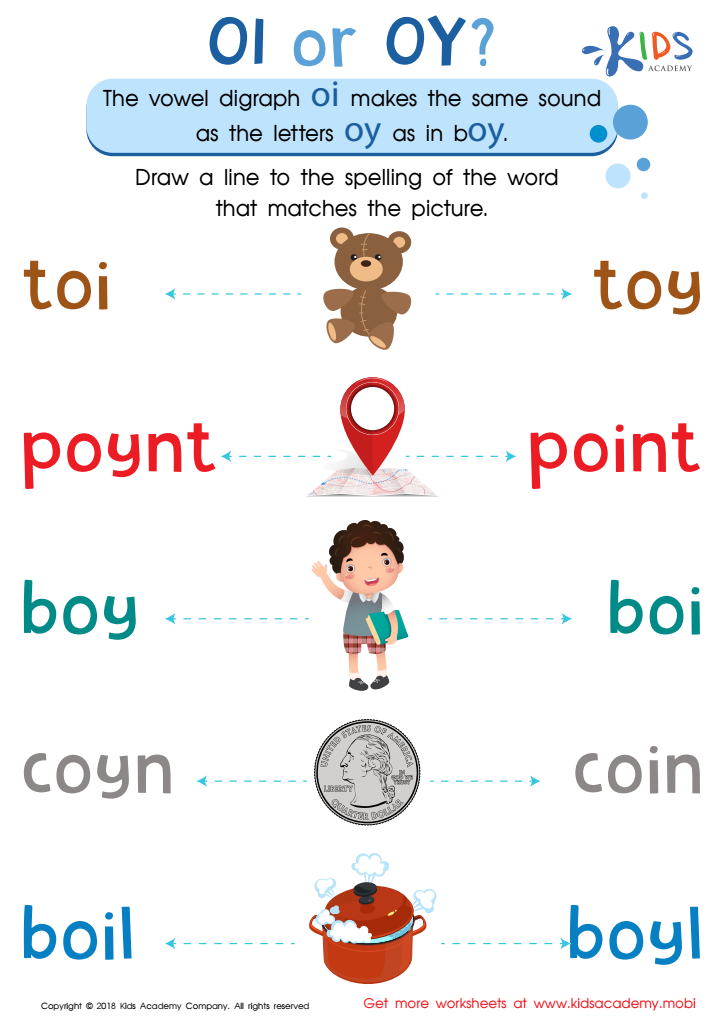

Reading: OI and OY Worksheet
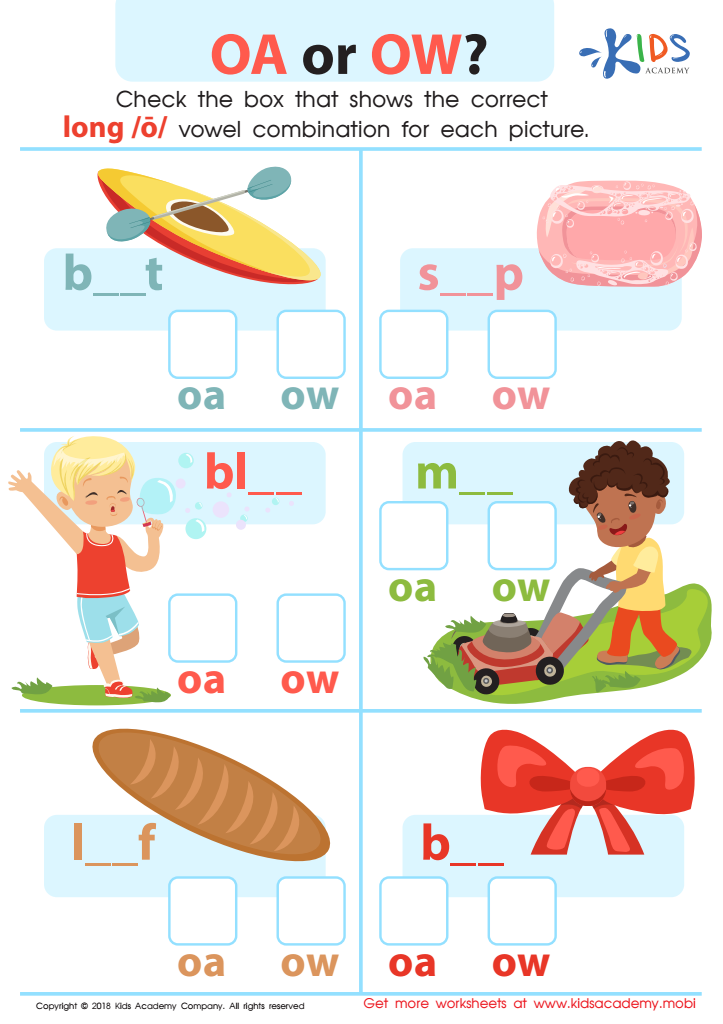

Reading: OA or OW Worksheet
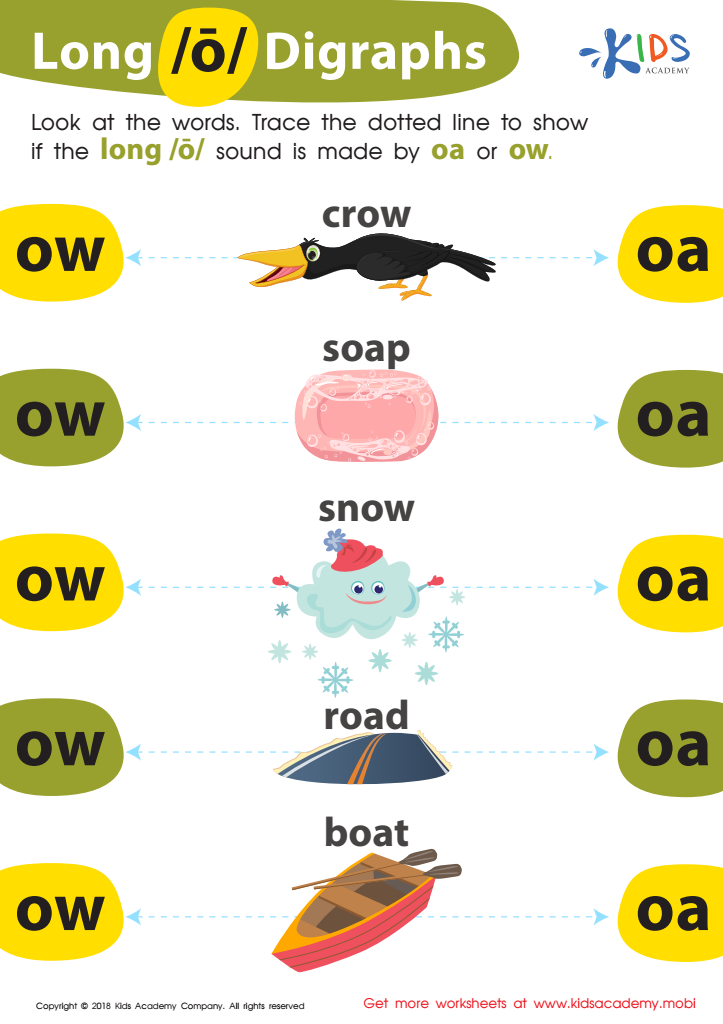

Reading: Long O Digraphs Worksheet
Parents and teachers should care about normal vowel digraphs for children ages 4-7 because these are foundational components in early reading proficiency. Vowel digraphs occur when two vowels come together to produce a single sound, such as "ea" in "reach" or "oa" in "boat.” Understanding and recognizing these combinations helps children decode words more easily, which is crucial for fluent reading.
For young learners, ages 4-7 are critical development periods for language acquisition. Introducing vowel digraphs during this time can significantly enhance their phonological awareness, vocabulary, and overall comprehension. Mastery of vowel digraphs supports the ability to sound out more complex words and thus accelerates their reading development and fosters greater confidence in their literacy skills.
Moreover, learning vowel digraphs can aid in spelling accuracy and writing skills. When children understand how vowel combinations function, they're better equipped to spell words correctly and recognize common patterns in the English language. This knowledge sets the foundation for more advanced reading and writing tasks in the future.
Investing time and attention to vowel digraphs aligns with broader educational goals by promoting literacy, enhancing communication skills, and preparing youngsters for academic success. Thus, parents and teachers play an vital role in guiding children through this critical learning stage.

 Assign to the classroom
Assign to the classroom


